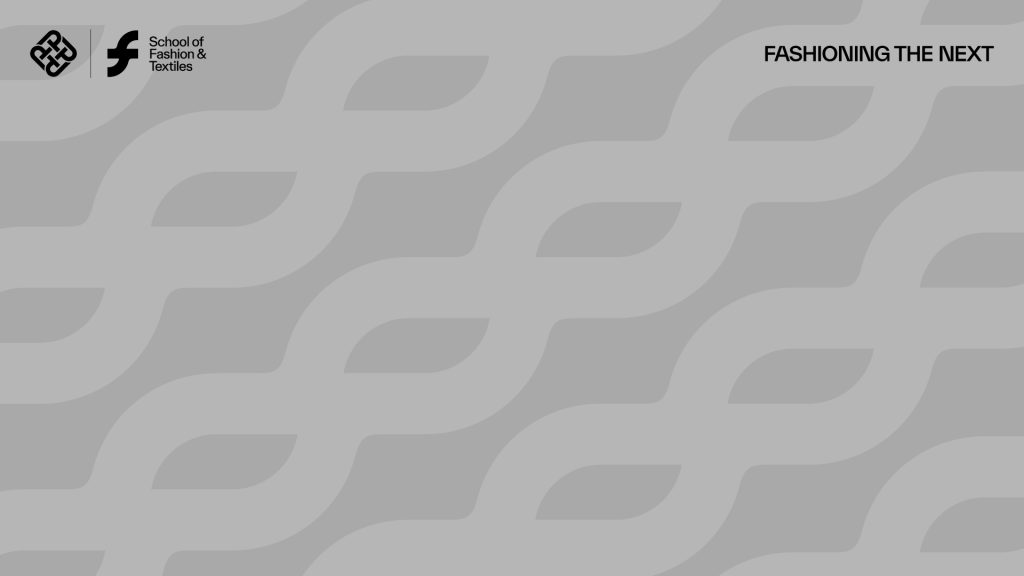Purpose: The breasts are mainly fatty and connective tissues with no muscles that directly support them, so wearing sports bras is one of the most effective means of alleviating the discomfort of breast movement and potential injury during vigorous physical exercise. However, the design and development processes of traditional sports bras are time-consuming and costly. Hence, a novel method of simulating the static contact pressure between a sports bra and women’s body based on the finite element (FE) and artificial neural network (ANN) models is developed in this study to contribute to the design considerations of sports bras. Design/methodology/approach: Three-dimensional FE models of a female subject and sports bras with different fabric properties are developed to determine the amount of contact pressure exerted onto the body. The FE results are then verified by measuring the amount of pressure exerted by the sports bra on the skin with pressure sensors. The Taguchi technique is used to effectively reduce the number of trials from 625 to only 25 cases. These 25 results obtained through FE modelling are then used to provide the training set for the ANNs. Finally, a comparison between the FE and ANN results is carried out. Findings: A novel model of the static contact pressure between a sports bra and human subject based on the FE and ANN methods is presented in this paper. The root mean square error values show that there is only a small difference between the FE and ANN results. Originality/value: The ANN function established in this study can be used to predict the mechanical behaviours of breasts and has a fundamental impact on the computer-aided design of functional garments in general.
Computational modelling methods for sports bra–body interactions

Testing
Testing
